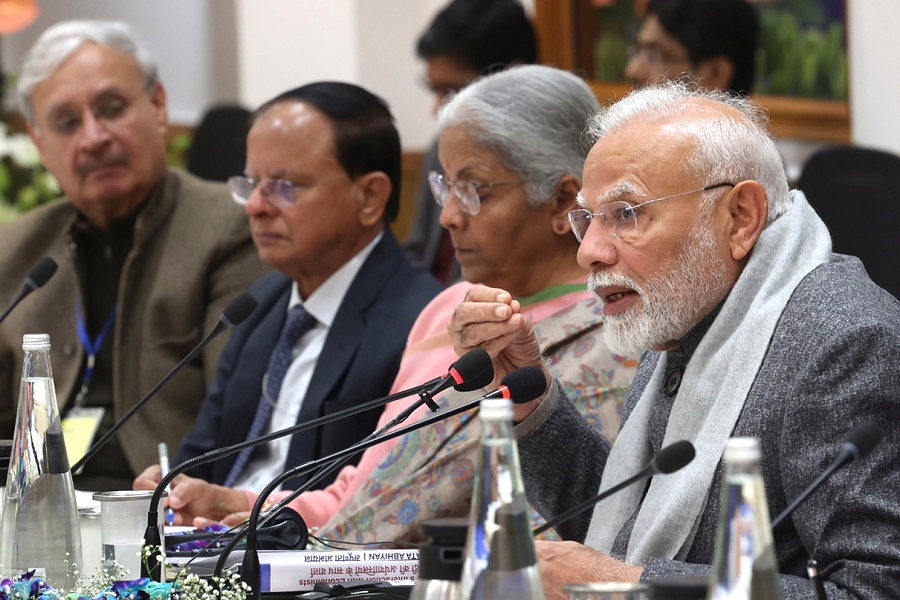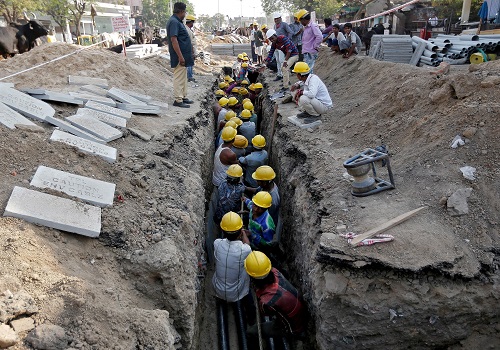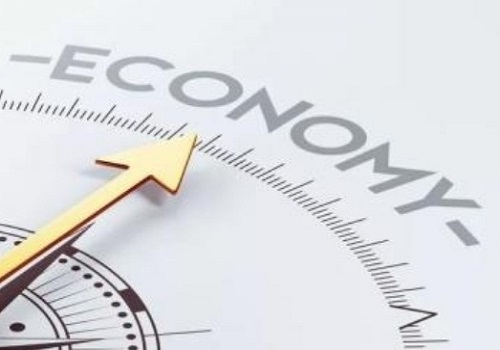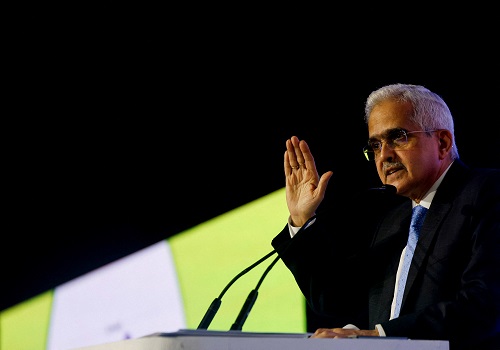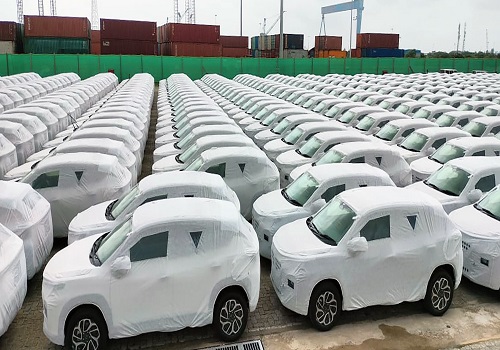Subsidies to oil & gas sector reduce 85% to $3.5 billion in 10 years: MNRE
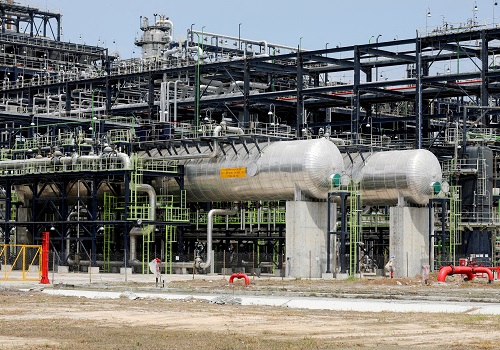
Follow us Now on Telegram ! Get daily 10 - 12 important updates on Business, Finance and Investment. Join our Telegram Channel
The Ministry of New and Renewable Energy (MNRE) has said that subsidies to the oil & gas sector saw a reduction of 85 per cent from a peak of $25 billion in 2013 to $3.5 billion by 2023. Since 2010, India has steadily reformed its fossil fuel subsidies, adopting a ‘remove, target, and shift’ approach. The ministry said, as per a report of Asian Development Bank (ADB), structured approach, including adjusting retail prices, tax rates, and subsidies on select petroleum products collectively reduced fiscal subsidies in the oil and gas sector by 85 per cent from a peak of $25 billion in 2013 to $3.5 billion by 2023.
It said a significant step in this journey was the gradual phasing out of petrol and diesel subsidies, coupled with incremental tax hikes. These reforms created fiscal space for greater government support in renewable energy initiatives, electric vehicles, and critical electricity infrastructure. From 2014 to 2017, tax revenues were further boosted by rising excise duties on petrol and diesel, implemented strategically during a period of low global oil prices. The additional revenues were then redirected toward targeted subsidies that expanded access to liquefied petroleum gas (LPG) for rural communities, addressing both environmental goals and social welfare.
India's fossil fuel subsidy reforms mark a decisive shift, channelling resources toward sustainable energy and laying the foundation for cleaner energy alternatives. The report said that the petrol and diesel subsidies were phased out gradually from 2010 to 2014, followed by measured tax hikes on these fuels till 2017. These moves were made to create fiscal year breathing room for renewable projects, allowing the government to channel funds into clean energy initiatives at an unprecedented scale. Subsidies for solar parks, distributed energy solutions, and state-owned enterprises by the government reflects its purpose and commitment to clean power, setting a strong example for others looking to shift toward a more resilient energy future. India steadily whittled down its fossil fuel support, opening doors to new investments in solar power, electric vehicles, and a stronger energy grid.






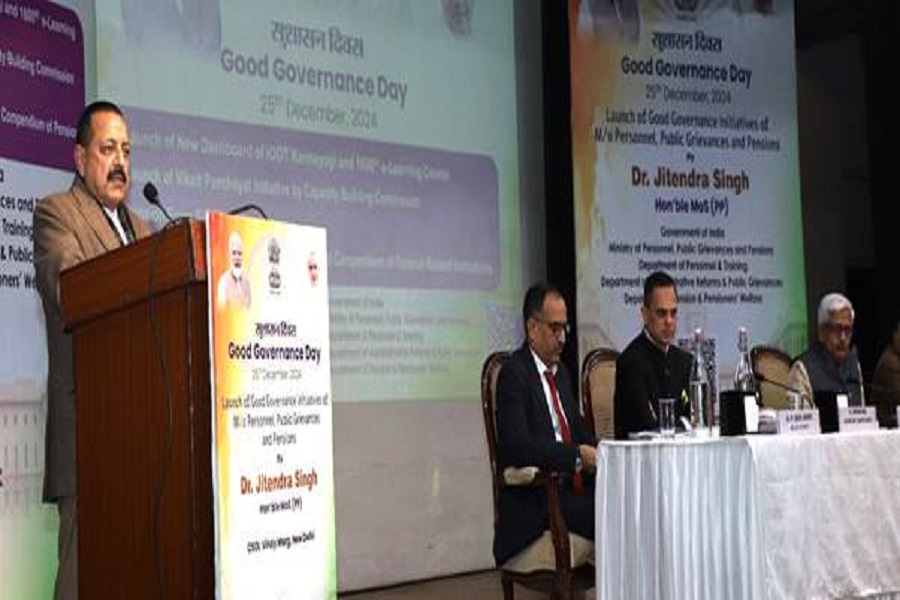





 320-x-100_uti_gold.jpg" alt="Advertisement">
320-x-100_uti_gold.jpg" alt="Advertisement">








